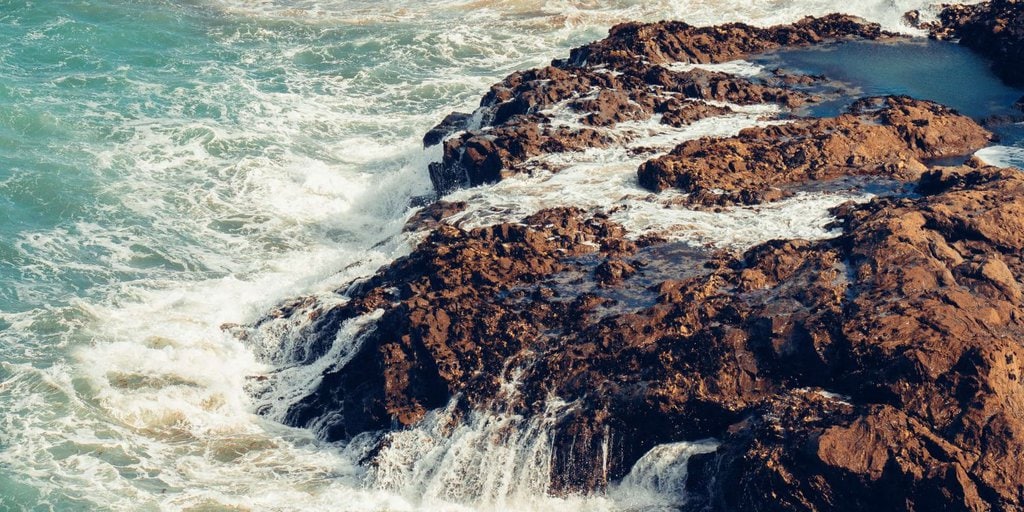
In a remarkable discovery that happened in the depths of the English Channel, a dedicated team of scientists went on a daring underwater expedition. They think they uncovered the remains of an ancient city that belongs to a civilization from over 8,000 years ago. What they found may also shed light on a lost world that had long been hidden beneath the sea.
An 8,000-Year-Old City
Leading this remarkable exploration was scientist Albert Lin, whose pursuit of the ancient metropolis led him to the waters just off the Isle of Wight. Diving into the English Channel was no small feat, with its bone-chilling temperatures and formidable tides. Lin joined forces with renowned maritime archaeologist Garry Momber, embarking on their mission to unveil the traces of an ancient world. Within mere minutes of submerging into the cloudy and frigid depths, their relentless efforts began to yield astonishing results.
The team embarked on their underwater expedition with a deep appreciation for the history of the English Channel. They knew that 8,000 years ago, the Channel was just land, as lower sea levels had connected the UK to mainland Europe. Their mission was to uncover the remnants of that long-lost world, and finding a city was beyond their dreams.
The English Channel Was Land
Albert Lin’s keen eye first spotted a remarkably well-preserved piece of wood, a relic from that ancient era, hidden beneath the waves. Their exploration soon revealed a captivating structure on the Channel’s floor, captured on underwater video, displaying layers of intertwined wood that resembled an ancient dock or maybe some other city building.

Immersed in what felt like an underwater ghost town, the scientists extracted a sample for analysis. Garry proposed that the site likely served various purposes, including fishing, hunting, boat building, and reed collection. As rising sea levels submerged the area, they preserved the wood by encasing it in silt and isolating it from oxygen. This preservation would have persisted for thousands of additional years if not for recent erosion, which revealed the hidden structure. The scientists pointed out that there is international significance in discovering this structure. After all, it is 8,000 years old and such findings do not happen often.